Hydrangea Tree Care, Planting, Types and Benefits
Hydrangeas can bloom in a variety of colors based on soil pH. These stunning plants are not just a visual delight, they also bring numerous benefits to your garden and landscape. These trees with their lush foliage and abundant blooms, offer an ideal solution.
We will explore Hydrangea Tree Care, planting techniques, different types of hydrangeas, and the many advantages of incorporating these versatile trees into your outdoor space. Whether you’re a seasoned gardener or a novice looking to beautify your yard, understanding hydrangea tree care is crucial for achieving vibrant blooms year after year.
What Is A Hydrangea Tree?
A hydrangea tree is a type of hydrangea that has been trained to grow in a tree-like form, usually with a single main trunk and a rounded canopy of blooms. This unique growth habit not only provides height and structure to gardens but also adds a touch of elegance that bush varieties simply cannot match. The large, showy flower clusters that characterize these trees typically bloom in summer, creating a stunning visual display that can range in color from pristine white to soft pink, making them versatile for various landscaping styles.
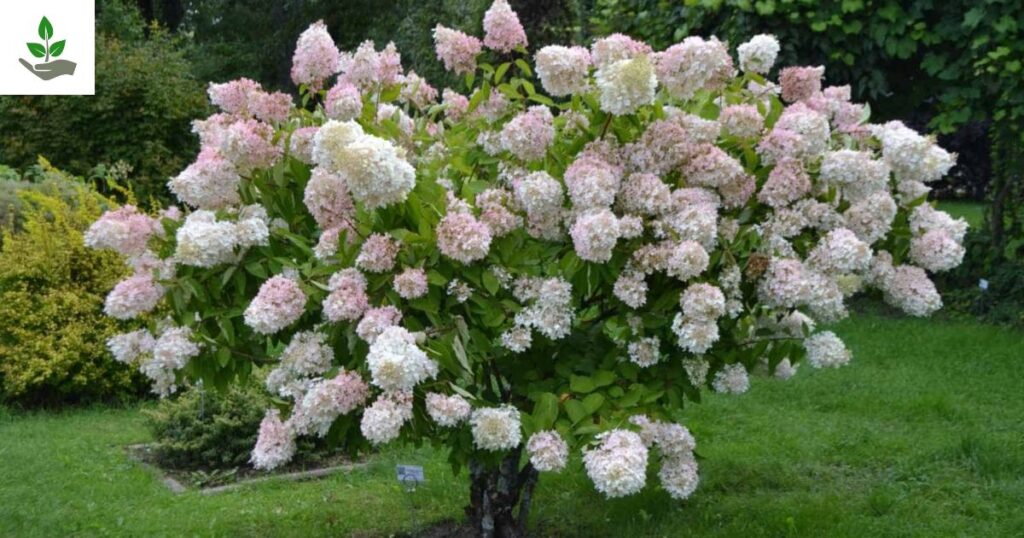
Hydrangea trees can serve as focal points or privacy screens, enhancing the overall aesthetic appeal of outdoor spaces. With their impressive size and abundant flowers, they invite not only admiration but also pollinators, enriching the garden ecosystem.
Hydrangea Tree History
The hydrangea tree, often admired for its stunning floral displays, has a history that intertwines with various cultures and landscapes. Native to Asia and the Americas, these plants have evolved over centuries, with early references tracing back to the 18th century when they caught the attention of European botanists.
One of the most fascinating aspects of hydrangeas is their adaptability, different species thrive in diverse climates, showcasing a remarkable resilience that has allowed them to flourish in gardens around the world.
Hydrangea Tree Overviews
| Common Name | Hydrangea Tree |
| Botanical Name | Hydrangea Paniculata |
| Family | Hydrangeaceae |
| Origin | Eastern Asia, China, Japan, and Korea |
| Height | 6 to 15 feet (1.8 to 4.5 meters) |
| Fragrance | A Light To No Noticeable Fragrance |
| Toxicity | Toxic to Humans and Pets |
| Life Span | Lifespan of 40 to 50 years |
| Leaf Colours | Rich Green |
What are Hydrangea Tree Types?
- Limelight Hydrangea Tree
- PeeGee Hydrangea Tree
- Vanilla Strawberry Hydrangea Tree
- Little Lime Hydrangea Tree
- Quick Fire Hydrangea Tree
Limelight Hydrangea Tree
The Limelight Hydrangea Tree stands out not only for its impressive size but also for its stunning seasonal transformation. Known for its large, lime-green blooms that turn pinkish in the fall, this variety of hydrangea offers a captivating visual display throughout the growing season. As summer progresses, the vibrant green flowers create a lush canopy that can serve as a striking focal point in any landscape, while the gradual shift to soft pink hues in autumn adds a touch of warmth and elegance.
Pee Gee Hydrangea Tree
The PeeGee Hydrangea Tree, scientifically known as Hydrangea paniculata Grandiflora, is a stunning addition to any garden, for those who appreciate the evolving beauty of flowers. This classic type features large, cone-shaped clusters of white flowers that gracefully transition to a soft pink as they mature, creating a dynamic visual display throughout the growing season.
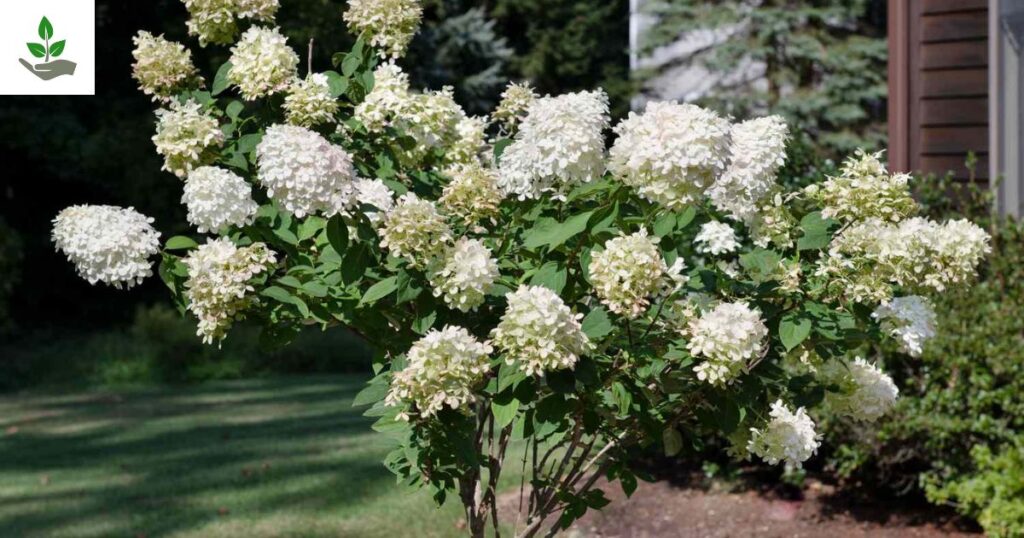
This remarkable color shift not only enhances the aesthetic appeal but also invites pollinators like bees and butterflies, making it an excellent choice for eco-conscious gardeners.
Vanilla Strawberry Hydrangea Tree
The Vanilla Strawberry Hydrangea Tree is a breathtaking addition to any garden, showcasing a stunning display of creamy white flowers that transition beautifully to pink and then to a vibrant strawberry red. This dynamic color change occurs as the season progresses, creating a visual feast for the eyes that evolves over time. The tree’s large, cone-shaped blooms not only provide an impressive show but also attract pollinators, making it a great choice for eco-conscious gardeners looking to support local wildlife.
Little Lime Hydrangea Tree
The Little Lime Hydrangea Tree is a stunning addition to any garden, especially for those with limited space.
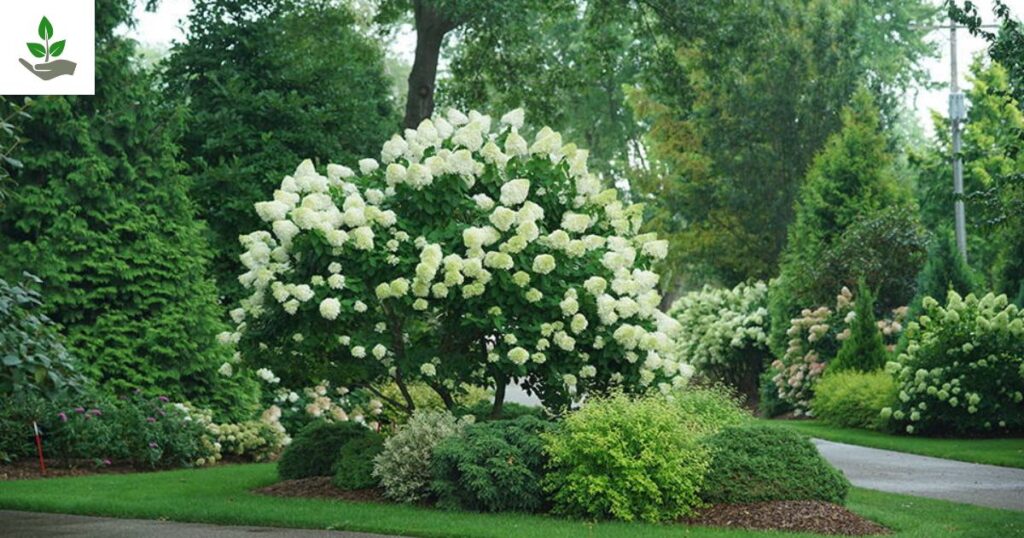
This dwarf version of the beloved Limelight hydrangea retains the captivating charm of its larger counterpart while offering versatility for smaller landscapes. With its compact form, typically reaching around 3-5 feet in height, it makes an excellent focal point without overwhelming your garden design.
Quick Fire Hydrangea Tree
The Quick Fire Hydrangea Tree stands out in any garden, for its remarkable ability to bloom earlier than other varieties. This early display of white flowers is a delight for gardeners eager to see color return after winter’s dormancy. As the season progresses, these pristine blooms transition into a stunning deep pink, creating a captivating visual contrast that can brighten up any landscape.
Guide About Hydrangea Tree
Hydrangea Tree Seeds
Hydrangea tree seeds are small and delicate, making the journey from seed to blooming tree a slow and challenging process. Hydrangeas often resist the straightforward seed propagation method due to their complex genetics. While it is possible to grow hydrangeas from seed, the resulting plants may not bear any resemblance to their parent variety, leaving gardeners with an unpredictable outcome. This uncertainty can be disheartening for those seeking specific colors or growth habits.
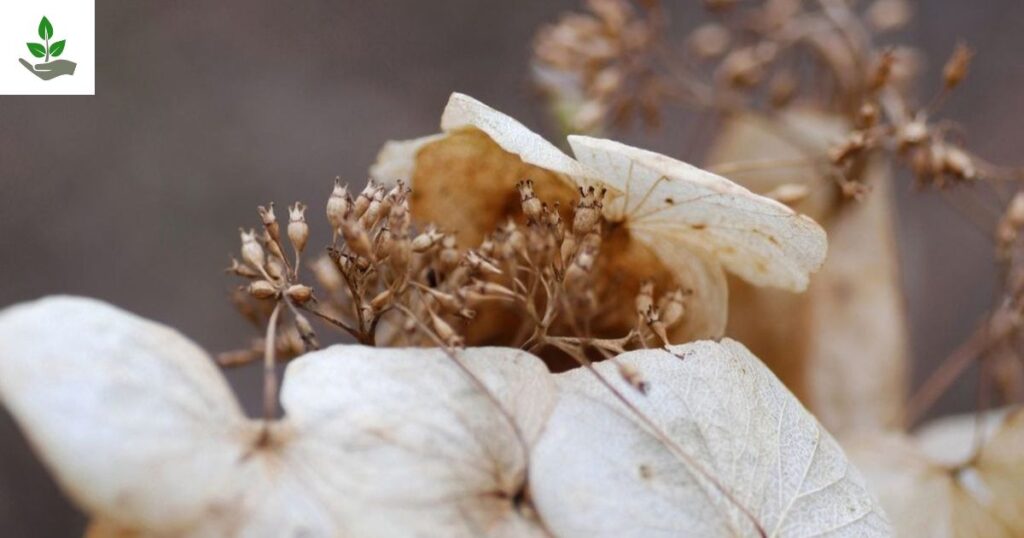
For those eager to cultivate hydrangeas in their gardens, propagation through cuttings or grafting remains the preferred method. These techniques not only ensure that the plants retain the desired traits of the parent but also offer faster and more reliable results.
Hydrangea Tree Planting And Growing
Planting hydrangea trees can transform any garden into a stunning landscape, offering a burst of color and texture. When selecting a location for these majestic plants, consider a spot that receives morning sun but is sheltered from the harsh afternoon rays. This balance helps to promote healthy growth while preventing wilting during the hotter parts of the day.
It’s essential to prepare the soil properly, ensuring it is well-draining and rich in organic matter. Incorporating compost or well-rotted manure can significantly enhance soil quality, providing the nutrients necessary for these vibrant blooms. Once planted, hydrangeas thrive with consistent moisture, making regular watering vital, especially in their first year.
Be cautious of overwatering, too much moisture can lead to root rot. As they mature, pruning becomes a key practice to encourage bushier growth and more abundant flowers. Focus on removing dead or weak stems in late winter or early spring before new growth begins.
Experimenting with different pruning techniques can yield fascinating results such as altering bloom color by adjusting soil pH levels. This adaptability not only allows for customization but also engages gardeners in a rewarding trial-and-error process that enhances their connection to these beautiful trees.
Hydrangea Tree Care
Hydrangea trees, with their elegant blooms and lush foliage, can be a stunning focal point in any garden. To ensure these beautiful plants thrive, it’s essential to understand their specific care requirements. Begin by planting your hydrangea tree in well-draining soil enriched with organic matter, as this will promote healthy root development. Regular watering is crucial, during dry spells, be cautious not to overwater, as hydrangeas are susceptible to root rot.
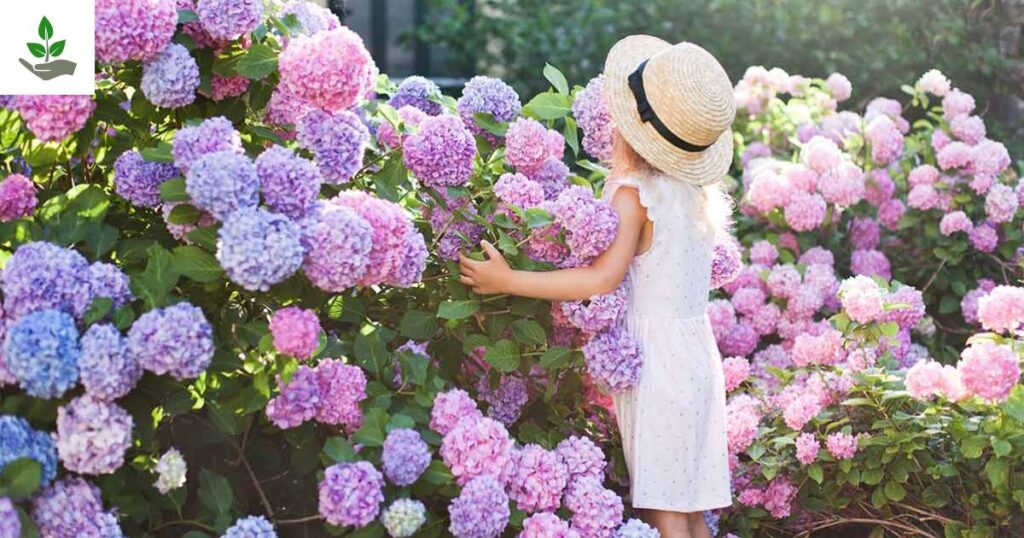
A mulch layer around the base can help retain moisture and suppress weeds. Pruning is another vital aspect of hydrangea tree care, but timing is everything. For most varieties, late winter or early spring is ideal for cutting back any dead or weak stems, promoting vigorous growth for the upcoming season. Consider the variety of hydrangea you have; some bloom on old wood while others bloom on new wood, influencing when and how you prune.
Fertilizing your hydrangea tree with a balanced slow release fertilizer in early spring can also enhance blooming and overall vigor. Don’t overlook the importance of sunlight, while hydrangeas thrive in partial shade, they still need at least a few hours of direct sunlight each day to produce those breathtaking blooms.
Hydrangea Tree Uses And Benefits
Ornamental Beauty
Hydrangea trees are prized for their large, colorful flower clusters that bloom throughout summer and into fall. Their striking appearance makes them a standout in any garden. The blossoms also change color with the seasons, adding dynamic beauty.
Landscaping Accent
Trained into a tree form, hydrangeas add height, structure, and elegance to landscapes. They make excellent focal points for gardens, entrances, or patios. Their compact shape also fits well in both small and large spaces.
Attracts Pollinators
Hydrangea trees attract bees, butterflies, and other pollinators with their abundant blooms. This helps support local ecosystems and promotes healthy garden growth. It’s a beautiful way to encourage biodiversity in your yard.
Low Maintenance
Once established, hydrangea trees are relatively easy to care for. They tolerate a range of soils and need only moderate watering. Occasional pruning keeps them healthy and looking their best.
Seasonal Interest
From rich green leaves in spring to colorful blooms in summer and warm-toned foliage in fall, hydrangea trees offer multi-season charm. Their evolving appearance keeps your garden lively all year long. Even dried flower heads add winter interest.
Great for Cut and Dried Flowers
Hydrangea blooms are popular in fresh flower arrangements due to their size and texture. They also dry beautifully, maintaining their color and shape. Dried hydrangeas are perfect for long-lasting home décor.
Hydrangea Tree Tips And Fun Fact
- Prune hydrangea trees before new growth begins to maintain shape and encourage healthy blooms.
- Plant in a location with full sun to partial shade and well-drained soil for best results.
- Hydrangeas love moisture, especially in hot weather keep the soil evenly moist but not soggy.
- Some hydrangeas can change flower color based on soil pH acidic soil yields blue, alkaline yields pink.
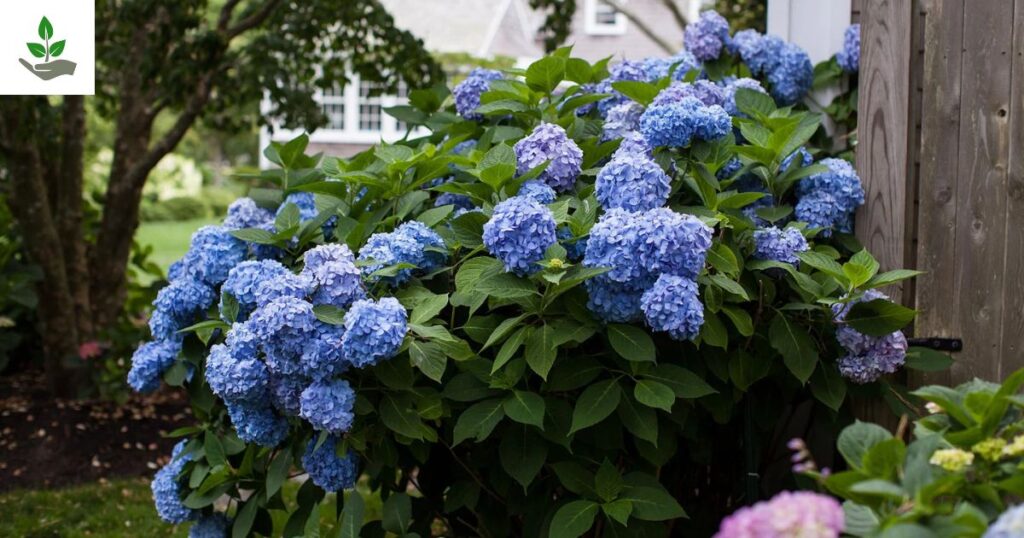
- Hydrangea trees don’t grow naturally in tree form they are trained and pruned from shrub varieties.
- Hydrangea trees can bloom for several months, from mid-summer into fall, giving extended garden color.
I prefer you to Check our other post: Who Is Addison Rae & What Is Age, Height, Net Worth
Conclusions
Hydrangea Tree Care, planting techniques, and various types of hydrangeas can significantly enhance your gardening experience and landscape aesthetics. By selecting the right variety for your climate and soil conditions, you can ensure that these beautiful plants thrive and bloom abundantly.
Regular maintenance, including proper watering, pruning, and fertilization, is key to keeping your hydrangeas healthy and vibrant throughout the seasons. The benefits of hydrangeas extend beyond their visual appeal; they can also support local ecosystems by attracting pollinators. Start incorporating hydrangeas into your garden today and enjoy their stunning beauty for years to come.
FAQs
When to prune hydrangea tree?
Prune a hydrangea tree in late winter or early spring, just before new growth begins. This timing helps shape the tree and encourages strong, healthy blooms. Avoid pruning in late summer or fall, as it can reduce next season’s flowers.
How big does a hydrangea tree get?
Hydrangeas can grow quite large, with some varieties reaching 6-10 feet tall and wide. Others can be more compact, growing only 2-3 feet tall. The size depends on the specific variety, growing conditions, and pruning practices
When to trim hydrangea tree?
Trim hydrangeas in late winter or early spring, typically February or March, before new growth begins. For some varieties, like panicle and smooth hydrangeas, you can prune in fall or winter. Timing may vary depending on the specific hydrangea variety and your climate.
Thanks For Reading…







